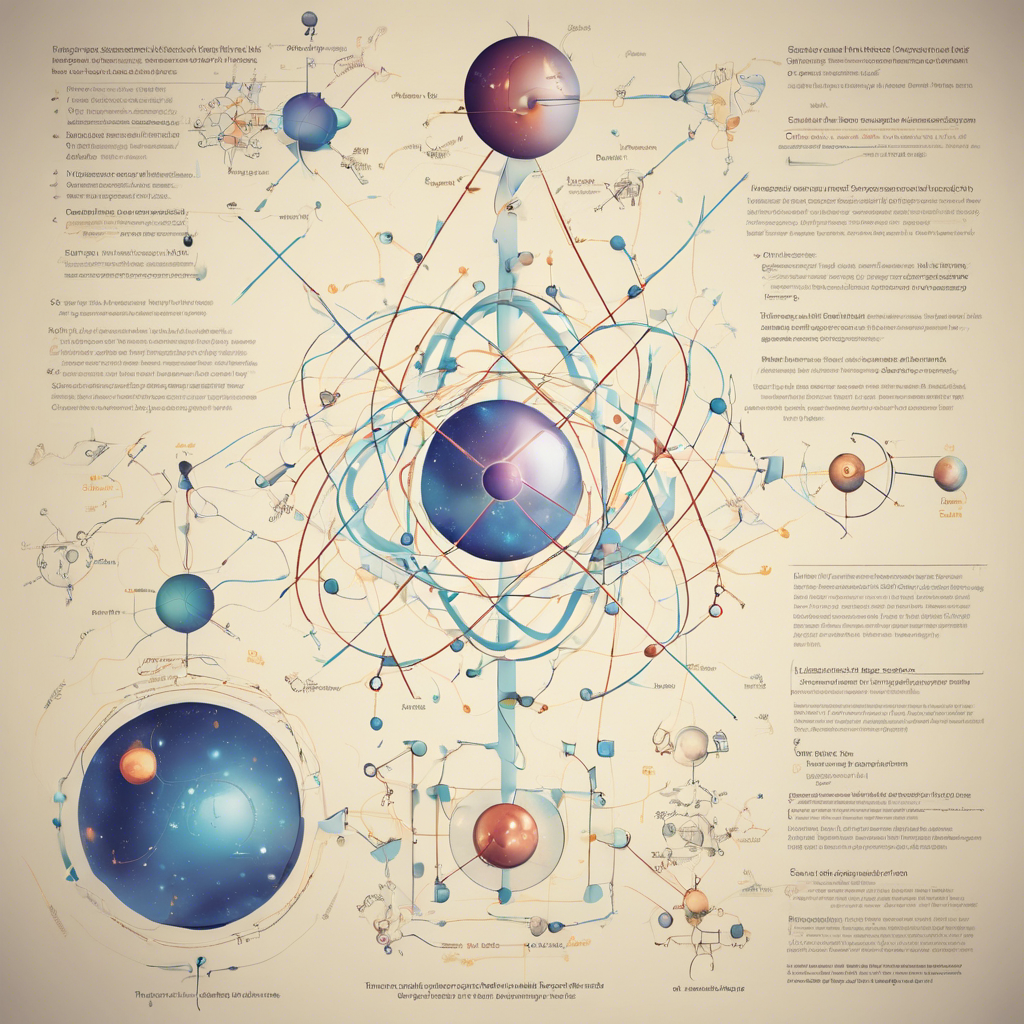Physicists achieve a major breakthrough in quantum computing by entangling individual molecules using optical tweezers.
In a significant step towards the development of quantum computers, physicists have successfully entangled individual molecules using laser devices called optical tweezers. This groundbreaking achievement, reported in two separate papers published in Science, marks a milestone in the field of quantum computing. By creating entangled states in pairs of calcium monofluoride molecules, researchers have demonstrated the potential of molecular tweezer arrays in enhancing the applications of quantum computing.
Underdog technologies gain ground in quantum-computing race:
Since the late 1990s, researchers have explored various platforms for quantum computing, including solutions with large numbers of manipulated molecules and superconducting circuits. However, a new contender has emerged in recent years: neutral atoms trapped using highly focused laser-beam tweezers. Now, two teams have made significant progress by applying this approach to molecules instead of atoms. Molecules offer greater complexity, enabling new ways to encode and interact with quantum information, making them promising candidates for quantum computing.
Very cool molecules:
Both studies utilized arrays of optical tweezers, with each tweezer unit trapping a single molecule. By employing laser techniques, researchers cooled the molecules to temperatures just above absolute zero, effectively immobilizing them. The molecules could be made to stop rotating or rotate with a single quantum of angular momentum, known as ħ. The teams used non-rotating molecules to represent the ‘0’ state of their qubits and rotating molecules to represent the ‘1’ state.
Calcium monofluoride, a highly polar molecule, played a crucial role in the experiments. The researchers exploited the dipolar interaction between molecules, which allowed them to ‘feel’ each other’s positive and negative poles. This interaction resulted in the entanglement of the molecules, creating a collective quantum system necessary for quantum computers to run algorithms.
Beyond quantum supremacy: the hunt for useful quantum computers:
While molecular quantum computers may be slower than those using other types of qubits for most applications, they offer unique advantages. Molecules provide a natural environment for manipulating quantum information using qutrits, which have three possible states: -1, 0, and +1. This opens up possibilities for quantum simulations of complex materials and the fundamental forces of physics.
Furthermore, the advancements in trapped molecules could aid in high-precision measurements, potentially leading to the discovery of new elementary particles. The ability to manipulate and study molecules at this level of precision could have far-reaching implications for our understanding of the universe.
Conclusion:
The successful entanglement of individual molecules using optical tweezers represents a significant breakthrough in the field of quantum computing. This achievement opens up new avenues for leveraging molecular tweezer arrays in quantum information processing. While molecular quantum computers may not be as fast as other platforms, their unique properties offer exciting possibilities for quantum simulations and high-precision measurements. As the field continues to advance at a rapid pace, molecules are emerging as a competitive platform for quantum computing, capable of revolutionizing our understanding of the quantum world.











